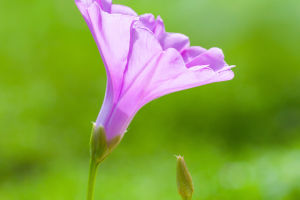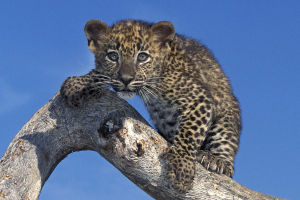The pine marten is a species of marten widely distributed in continental Europe. Although the whole body of the pine marten is dark brown, there is only a triangular white patch on the neck, which looks like it is wearing a saliva towel.
The pine marten has a slender body, short forelimbs, thick and long hind legs, developed and sharp claws, which are usually semi-contracted in the palms.
They can perch in trees, have a strong ability to climb trees, and can also jump and move between branches of trees like squirrels, thanks to their sharp claws.
When they open their mouths, you will find that they have a set of well-developed canine teeth with crowns higher than the incisors and molars, which are excellent tools for them to tear up their prey and peel off the hard shell of fruit.
Their ears are very flexible, they can not only turn at will, but also have a keen sense of hearing. Just like two high-precision spy radars, they will not miss the slightest abnormal noise, and can be the first to find the location of the predator and eliminate potential dangers.
The pine marten is good at climbing trees, moves quickly, and has powerful forelimbs, skeletal and muscle structures. The pine marten has a long, bushy, fluffy tail that helps it maintain its balance. The fur of the pine mink is tough and soft, with a fine fleece, thick and silky in winter and short and rough in summer. The pine mink fur is light to dark brown, gradually lengthening and becoming lighter in winter.
In winter, the underpads of pine marten paws are completely covered with fur. Pine marten pups grow into adult fur in the first winter after birth, and change their coats completely every spring. The fur growth period of pine marten is from September to winter.
Pine marten is a medium-sized animal. Their body length is similar to that of a fat domestic cat, or even slightly larger. The average body length is around 50cm, the tail length is 25cm, and the average weight is about 1.6kg; the significant difference between males and females is also reflected in the body shape. In terms of size, in general, male pine martens are about 10-30% larger than females.
The pine marten inhabits grassy areas and will nest in tree dens or bushes. They are mainly active at night or at dusk.
Pine marten is omnivorous, feeding on mammals, birds, insects, strawberries, bird eggs, nuts and honey. Wild pine marten life expectancy is 8-10 years. Pine marten is mainly distributed in central and northern Europe, with small populations in southern Scotland.
Pine marten also has the ability to adapt to the environment, that is, the ability to change its hair with the changing seasons. When the severe and cold autumn and winter come, their whole body coat will gradually become longer and thicker, and the whole body color will also change from dark to light, from the original dark brown to light brown - at that time, they are like wearing a A thick brown jacket to protect against the cold and long winter.


